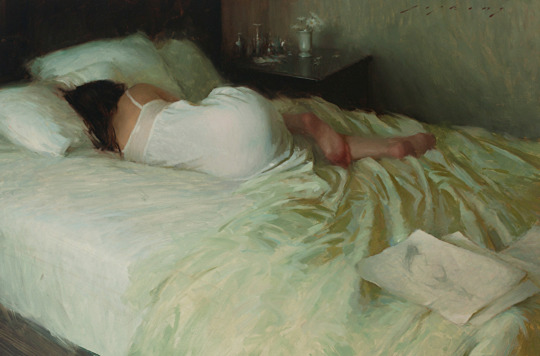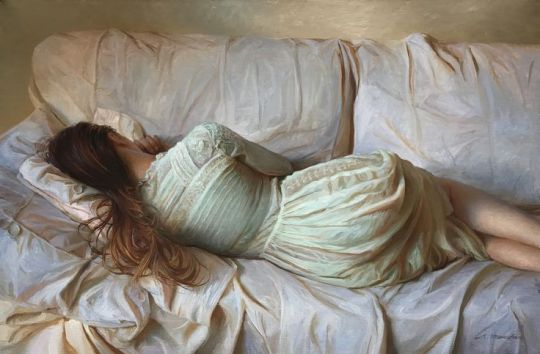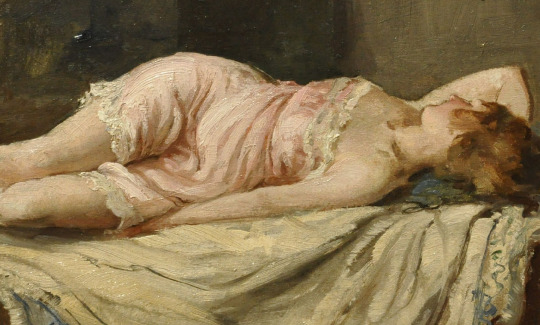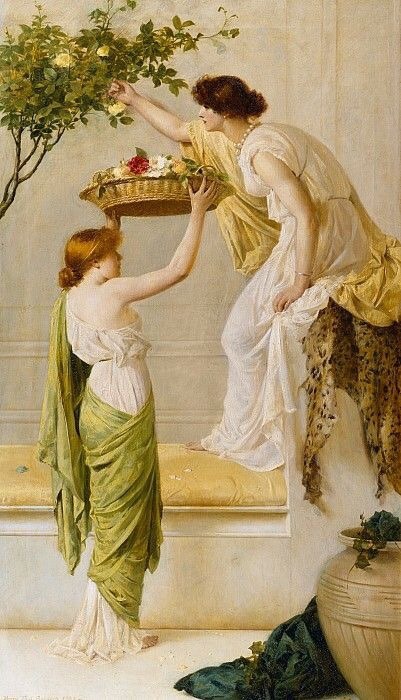Text

Robert Goolrick, from The End of the World as We Know It: Scenes from a Life
16K notes
·
View notes
Text





art parallels
jeremy lipking, federico zandomeneghi, serge marshennikov, allan douglas davidson, svetlana tartakovska
47K notes
·
View notes
Text










sandra cisneros, the house on mango street / tatyana nilovna yablonskaya - morning, 1954 / anatoly levitin- warm day, 1957 / harry sutton palmer - a cottage garden, 20th c. / phoebe bridgers, i know the end / sarah abraham - one fine morning, 2013 / theo gosselin - denver morning 5, 2015 / gaston bachelard, the poetics of space / federico zandomeneghi - in bed, 1878 / laura ingalls wilder /colley wisson- morning light kyneton australia, 21st c. / @gabi_wahl on instagram / lauren jolly roberts - cecile’s garden, 2006 / maya angelou, all god’s children need traveling shoes
52K notes
·
View notes
Text
“So, if you are too tired to speak, sit next to me because I, too, am fluent in silence.”
— R. Arnold
24K notes
·
View notes
Text
thinking about the casual intimacy of showing someone you love an unfinished work of art, the underlying message saying, i trust you with my unpolished heart
88K notes
·
View notes
Text
once again why did we let masquerade balls and handwritten letters and heart lockets and daggers strapped to thighs go out of fashion
110K notes
·
View notes
Text
“my child is fine” honey your child thinks orpheus won’t turn around this time
15K notes
·
View notes
Text
Oh, to be a sapphic couple in Ancient Greece!


“For the rose, ho, the rose! is the eye of the flowers,
Is the blush of the meadows that feel themselves fair,--
Is the lightning of beauty, that strikes through the bowers
On pale lovers who sit in the glow unaware.”
~ “Song of the Rose” by Sappho
Translated by Elizabeth Barrett Browning
-
Paintings:
Francis Davis Millet - An Autumn Idyll, 1892
Henry Thomas Schaefer - A Basket of Roses, Grecian Girls, 1890
697 notes
·
View notes
Text
“Delight me with celestial things, for I am tired of earthly chores.”
Latin: Delecta me cum caeleste, quod sum lassa terrae munerum.
Greek: τέρπου ἐμέ μετά τοῦ οὐράνίου, διά ταλαιπώρου τῶν ἐπίγειου πονῶν.
—Amber Fossey, Be Wild Be Free (2020)
574 notes
·
View notes
Text
I hate and I love. Why do I do this, perhaps you ask.
I do not know, but I feel it happening and I am tormented.
Catallus 85
122 notes
·
View notes
Text

Sophokles, Elektra, trans. Anne Carson
710 notes
·
View notes
Text
Guys guys you're going to want to hear this:
I just had a revelation while reading the Iliad:
In The Last Olympian, Silena poses as Clarrise by wearing her armor in order to rally the troops (specifically the Ares cabin if I recall correctly).
In the Iliad, Patroclus poses as Achillies by wearing his armor in order to lead the Greeks into battle.
In The Last Olympian, Silena is killed by the Drakon.
In the Iliad, Patroclus is killed by Hector.
In The Last Olympian, Clarrise becomes enraged and fights the drakon to avenge Silena.
In the Iliad, Achilles gets enraged and goes to kill Hector to avenge Patroclus.
In The Last Olympian, Clarrise finds the one weak spot in the drakon's armor and stabs it with her electric spear and kills it.
In the Iliad, Achillies finds the one weak spot in Hector's very good armor and cuts his neck, killing him.
In The Last Olympian, Clarrise threads a rope or a chain through the drakon's eye sockets and drags the carcass behind her chariot.
In the Iliad, Achilles threads ox-hide cord through (yes, I said through, he makes holes) Hector's ankles and heels and drags his body behind his chariot.
In conclusion, Rick Riordan wrote this scene with Silena and Clarisse to mimick Achilles and Patroclus.
Do what you will with this information.
872 notes
·
View notes
Text
“Let us live like Spartans, but let us talk like Athenians.”
— Oscar Wilde, in a letter to H.C. Marillier - January 1st, 1886.
808 notes
·
View notes
Text
Sappho: FUCK YEAH GAYNESS
Sappho: *explodes into glitter*
860 notes
·
View notes
Text
hey if ur interested in greco-roman antiquity, art history, ancient civilizations, poetry/writing, or anything similar (or just in the entire academia subculture as a whole) then reblog this post! i wanna make a group chat to talk about stuff that interests us and generally just learn more so if enough ppl rb i’ll make one
1K notes
·
View notes
Note
what does your bio mean? "the sea was never blue" ?
Homer used two adjectives to describe aspects of the colour blue: kuaneos, to denote a dark shade of blue merging into black; and glaukos, to describe a sort of ‘blue-grey’, notably used in Athena’s epithet glaukopis, her ‘grey-gleaming eyes’. He describes the sky as big, starry, or of iron or bronze (because of its solid fixity). The tints of a rough sea range from ‘whitish’ (polios) and ‘blue-grey’ (glaukos) to deep blue and almost black (kuaneos, melas). The sea in its calm expanse is said to be ‘pansy-like’ (ioeides), ‘wine-like’ (oinops), or purple (porphureos). But whether sea or sky, it is never just ‘blue’. In fact, within the entirety of ancient Greek literature you cannot find a single pure blue sea or sky.
— The Sea Was Never Blue, Maria Michela Sassi
What, from a cursory glance, appears blue generally has more to say. You lift a precious stone to the sunlight and it lights up, it refracts, but there’s always a side you can’t see. If you think you’ve thought of it all, think a little longer. There’s always more to consider.
6K notes
·
View notes
